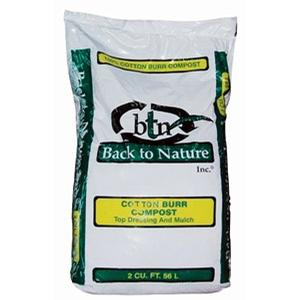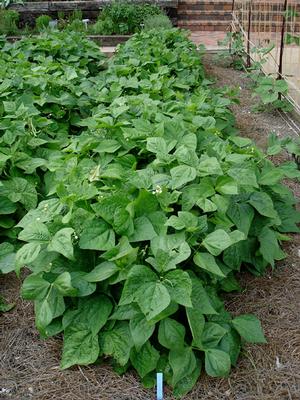Natural sources of nutrition are the first step in growing healthy plants.
Deep rooted plants gather minerals and nutrients deep in the soil and bring them to the surface where shallow root plants can benefit. Buckwheat and comfrey are examples of good companions in the vegetable garden.
Members of the pea family (legumes) fix nitrogen in the atmosphere and transfer it to the soil, providing a valuable nutrient for neighboring and future crops. Peas, beans, and clover are good examples of common legumes. Alfalfa and vetch are especially rich in other nutrients, including calcium, magnesium, and iron. Try rotating crops in the garden, possibly planting cover crops like alfalfa or buckwheat for one or more years. Research the value of cover crops with the Extension Service, for example, alfalfa is a high maintenance crop but may be worth it, for the nutrition as well as the hay it produces that could be used as a mulch in another area or to feed livestock.
The use of compost is a good way to add nutrition to the soil, not only from the decomposed parts of the compost, but organic matter feeds valuable microbes in the soil that release existing minerals and nutrients that feed your plants. Use compost as a mulch or incorporated into the soil.
At Longfellow’s, we offer 6 types of organic matter, each improving the soil in its own way:
- Cotton Burr Compost – best all round for feeding soil microbes, very little actual nutrition, can be used as a mulch
- Cow Manure – composted, nutritional value of 1-1-1
- Mushroom Compost – finely screened, nutritional value of 1-1-1
- Early Bird Compost – produced locally, poulty manure that has been composted and screened, biologically active, nutritional value of 2-3-2
- Milorganite – granulated, high in Nitrogen and Iron, especially effective on the lawn
- Peat Moss – compressed into a bale, somewhat acidic, no nutritional value


